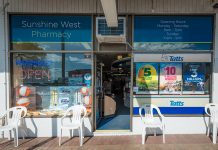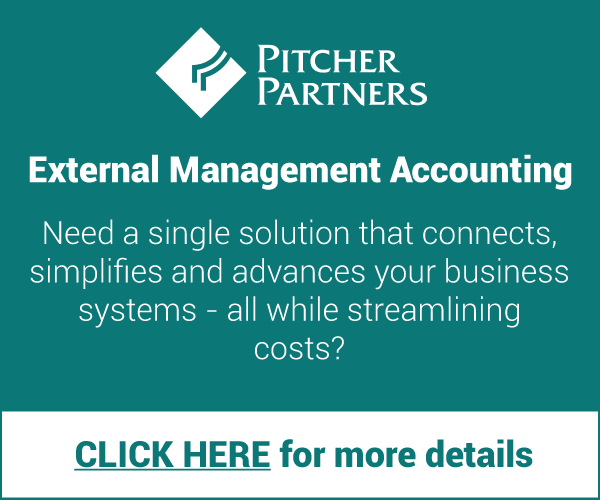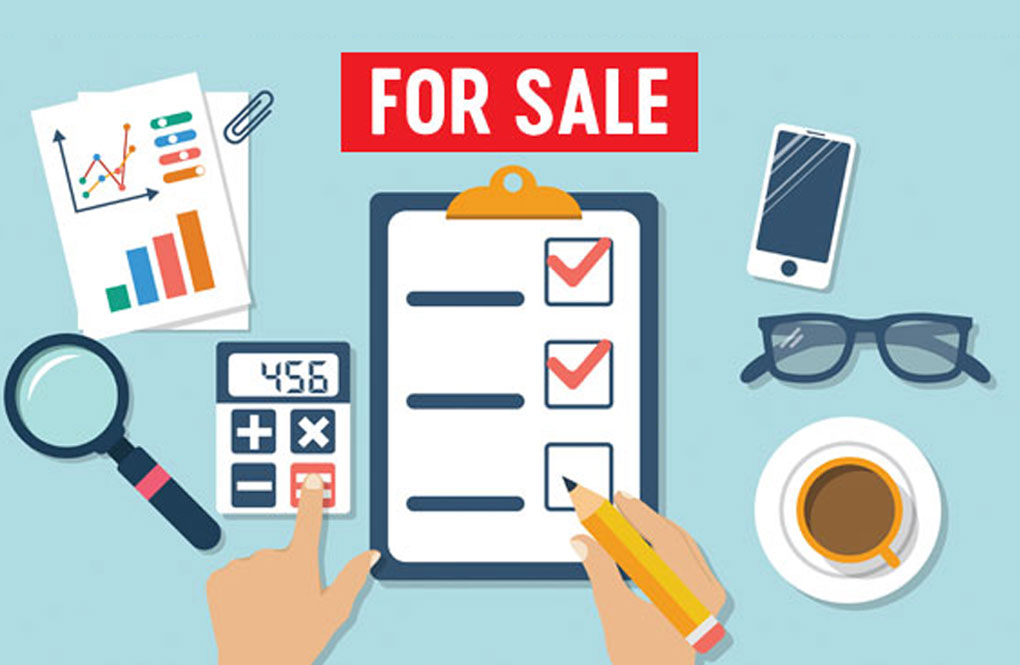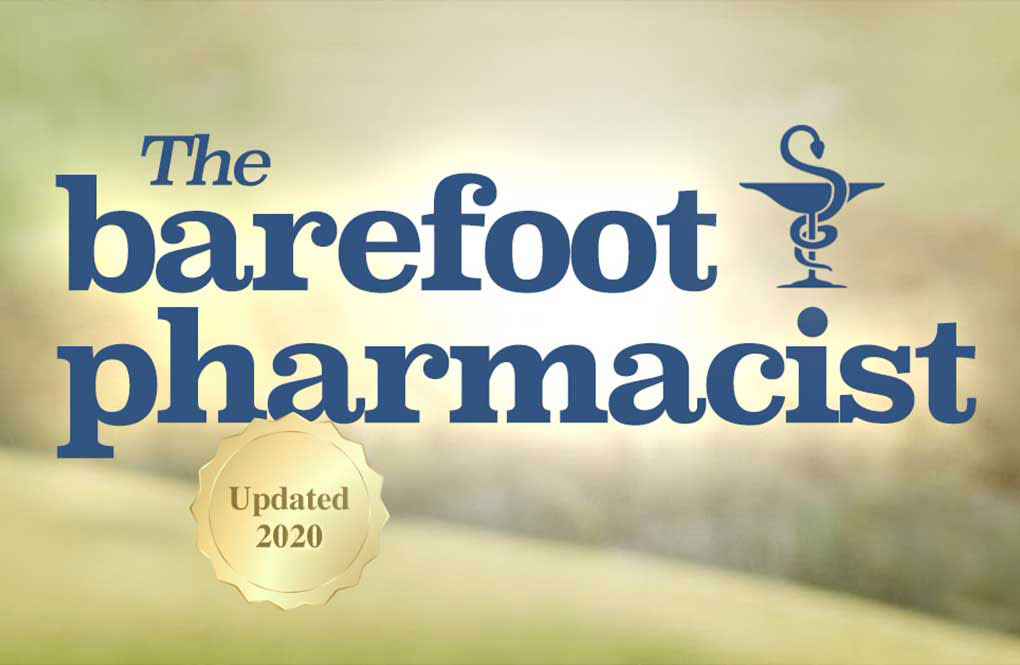Whether you’re looking to purchase a pharmacy or have an opportunity to buy into the pharmacy you’re working in, understanding how lenders approach pharmacy finance will make the process of obtaining a loan easier and less daunting.
The starting point – a valuation
When borrowing money for the acquisition of any asset, in this case a pharmacy, the lender will generally begin with determining the value of the pharmacy through an independent valuation. There are several companies such as Armstrong Business Valuations and Medici Capital that offer valuation services for pharmacies, and it is highly likely that the selling party would have engaged a firm to conduct a valuation of the business prior to listing the pharmacy for sale. If the vendor hasn’t initiated this process, this will generally be a pre-requisite before the finance application can progress.
The independent valuer will not only incorporate the financial reports into their valuation, but also take stock of the demographic and geographic information and local competitive dynamics to ensure an appropriate valuation can be determined.
In terms of financials, the valuer will take into consideration the recent financial statements, management reports, salary and wage summaries, sales and script analysis and drug usage reports to appraise the current financial strength and provide an estimate the future profitability of the business. The valuation is based primarily on the Earnings Before Interest, Tax, Depreciation and Amortisation (EBITDA) + Director’s Compensation, which is commonly referred to as the pharmacy “Goodwill” value – this is what most financial institutions will lend against.
The final valuation for an established pharmacy will be a sum of the Goodwill + Fixtures & Fittings (typically advised by the Proprietor) + Stock (per the most recent Management Accounts)
The stock component is valued separately, as the turnover and stock levels vary day by day. An offer to buy a pharmacy will include an allowance for a certain amount of stock, which is confirmed via a stocktake prior to settlement, ensuring neither party is disadvantaged.
Finally, the valuer will compare the business’s figures to the Pharmacy Benchmarks published annually by the Pharmacy Guild of Australia, to assess whether the business is under or outperforming other comparable pharmacies. These comparisons can identify areas the buying party will need to focus on improving to maximise the success of the pharmacy.
Approaching a lender
Once the business has been appropriately valued and you understand what it should cost to acquire, you are now able to approach a lender to secure funding for the purchase. The Big 4 banks are the primary lenders who can provide finance at the lowest rates, followed by mid-tier banks and non-bank lenders.
All lenders will offer slightly different products with varying rates and security requirements. Generally, most institutions will lend between 60% and 80% of the value of the pharmacy (based on the independent valuation), with the buyer required to contribute 20% – 40% as equity. Some lenders offer up to 100% LVR if real property with equity is included as security.
Typically, the loan term will reflect the current lease commitment (10 year maximum) or in freehold properties a max 25-year term. Rates offered are applicant and business specific, but the big 4 banks are currently offering approximately 4.00% p.a. + on loans up to $1 million.
Non-bank lenders like us at Medpro Finance, who may be providing a top-up loan to assist the borrower with their equity contribution, or total finance if the bank is unable to assist at all or quickly enough to take advantage of a time sensitive opportunity, offer loans at rates of 9.95% – 12.95% on terms of 5 – 7 years. We also offer a lending product which provides an option to repay the loan early at a pre-agreed vale, thereby avoiding high break costs typically associated with fixed rate loans.
In addition to the valuation, lease details, up to date accounts and other qualitative information about the pharmacy and its location, lenders will request information about the individual borrower who stands behind the transaction. This may include tax returns, Asset and Liability statement and a Privacy form to enable Credit Agency searches. Some lenders may ask for supplementary information such as a business plan, forecasting and the relevant regulatory and compliance information.
An application with a bank may take several months, smaller more agile lenders can usually assist within a matter of weeks.
Where should you start?
If you’re working with a pharmacy broker, they will be able to share their extensive knowledge on pharmacy sales and finance with you.
Alternatively, if you’re dealing directly with a vendor it is a good idea to discuss finance options with your bank first. Once you understand what the bank can offer, and their application process and timeframes, you may benefit from talking to a specialist lender like Medpro Finance to explore your options if you require any top-up funding, need a faster settlement to seize an immediate opportunity or would like to propose an alternative funding structure or security.
– Medpro Finance
Medpro Finance provides fast, flexible lending solutions for forward-thinking medical professionals. Our experienced staff have been helping doctors, pharmacists and other health practitioners seize opportunities with confidence for over 25 years.
We have immediate access to funds, full discretion regarding our credit decisions and a commitment to transparency, service and integrity. By providing a fast, flexible alternative to banks, we make for an ideal finance partner to help our clients grow their business and, as a result, their personal wealth.













